#12th century
Text
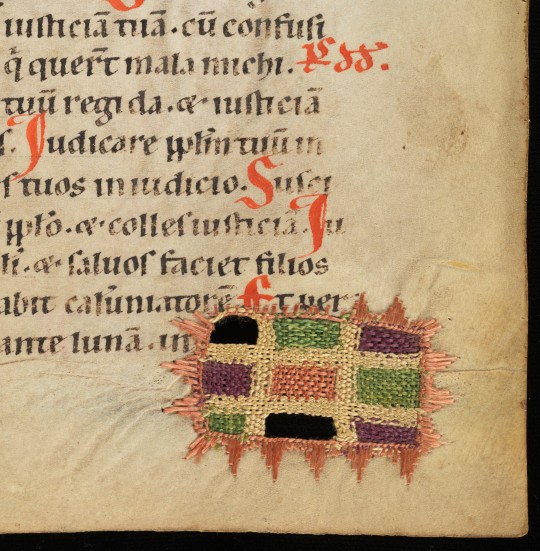
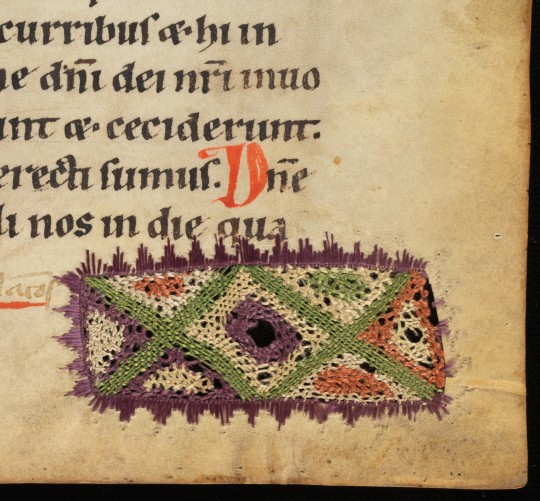

medieval parchment repairs
in a psalter, south-western germany, late 12th/early 13th c.
source: Hermetschwil, Benediktinerinnenkloster, Cod. membr. 37, fol. 19r, 53r, and 110r
#12th century#13th century#repairs#mending#medieval manuscript repairs#sewing#book history#medieval studies#medieval art#psalter
7K notes
·
View notes
Text

Schloss Gernstein, Chiusa, South Tyrol, Italy,
@lightmixphot0
#art#design#architecture#history#luxury lifestyle#style#luxury house#luxury home#schloss#schloss gernstein#chiusa#south tyrol#italy#latzfons#12th century
650 notes
·
View notes
Text
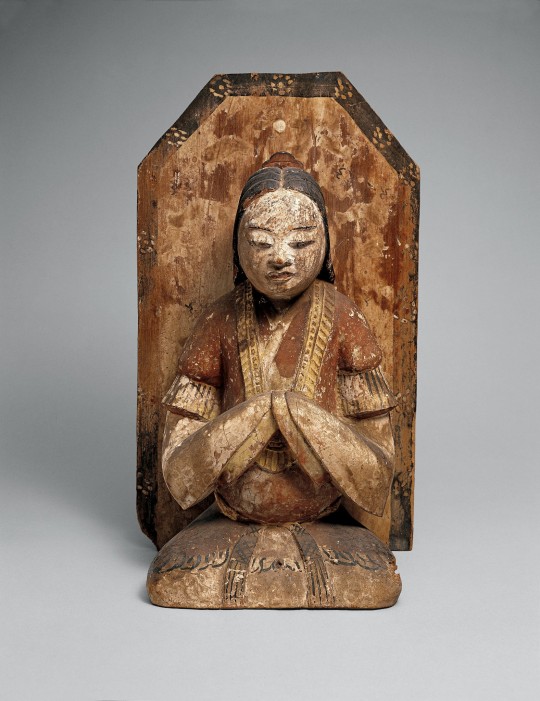
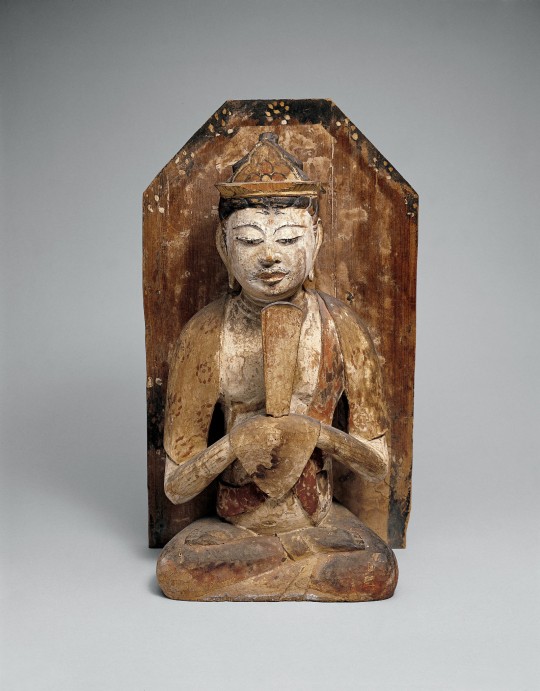
~ Shinto Goddess and Shinto God.
Date: 12th-13th century
Place of origin: Japan
Medium: Wood with color
#history#museum#archeology#sculpture#history of art#shinto goddess#shinto#shinto god#japanese art#japan#japanese#asian art#wood#12th century#13th century
501 notes
·
View notes
Text
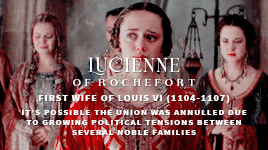













history + france's almost queens
#historyedit#perioddramaedit#12th century#14th century#15th century#16th century#17th century#18th century#19th century#mine#*#yes those names are all over the place
247 notes
·
View notes
Text
He himself opened his mouth, in order that I may kiss more deeply.
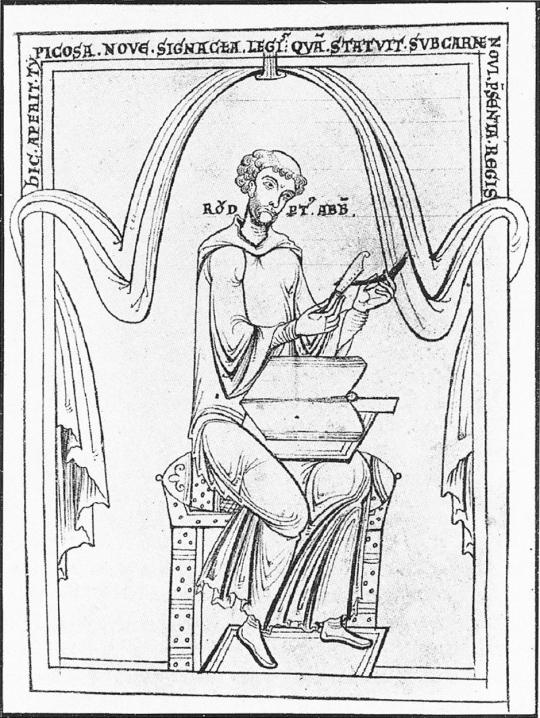
Rupert of Deutz is a 12th-century German Benedictine monk and theologian who had a mystical homoerotic encounter with Jesus. He wrote, “I took hold of him [Christ] whom my soul loves. I held him. I embraced him. I kissed him lingeringly. I sensed how gratefully he accepted this gesture of love when, between kissing, he himself opened his mouth, in order that I kiss more deeply.” Rupert of Deutz died on March 4, 1129. May we all be uplifted by his memory!
1K notes
·
View notes
Photo
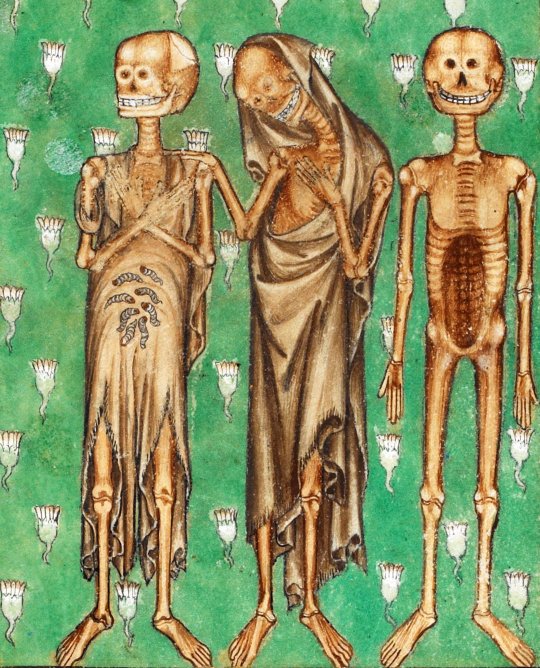
Detail of a miniature of the Three Dead from the the 'De Lisle Psalter', England (London?), c. 1308-c. 1340
403 notes
·
View notes
Text
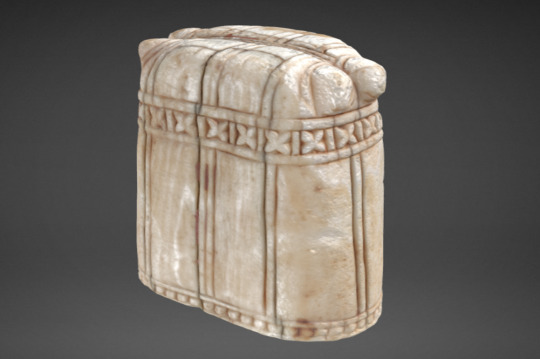
Medieval chess, or medieval Kinder Surprise?
As mentioned in the previous post, chess originated in India and early chess boards often included a bishop. When the game was popularized in northern Europe, the original pieces continued to be used, although they lost their meaning or were reinterpreted over time. The elephant's tusks eventually became two bumps. Eventually, elephant, chariot, and vizier pieces were given names of officials at northern courts: bishops, knights, and queens. These transitions and designs happened in different ways in different places.
An interesting piece that showing one moment of transition, acquired by Musée de Cluny in 2011, has the abstract elephant shapes with bumps on the outside-- plus a surprise bishop holding a crozier and a book on the inside!
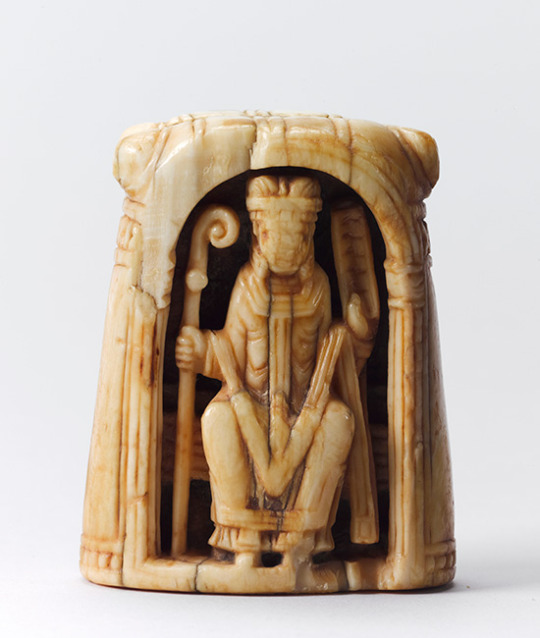
Material: Ivory
Date: 12th century?
Origin: Cologne? England?
Now Paris, Musée de Cluny Cl. 23885
You can play with a 3D version at https://www.musee-moyenage.fr/collection/collections-3D/piece-d-echec-eveque-en-3d.html
#elephant#elephants#medieval elephants#ivory#chess#chess piece#bishop#musee de cluny#12th century#middle ages#global middle ages
190 notes
·
View notes
Photo

Kingdom of Jerusalem in 1145
164 notes
·
View notes
Text

Unnatural Animals, Unnatural Ancestors
#the lion in winter#quinotaur#melusine#12th century#medieval#richard the lionheart#philip augustus#richphil#The style is kinda more later than 12th century inspired but i loge a stark ultramarine lookin background what can i say#middle ages#my art#tliw#historical rpf
71 notes
·
View notes
Text
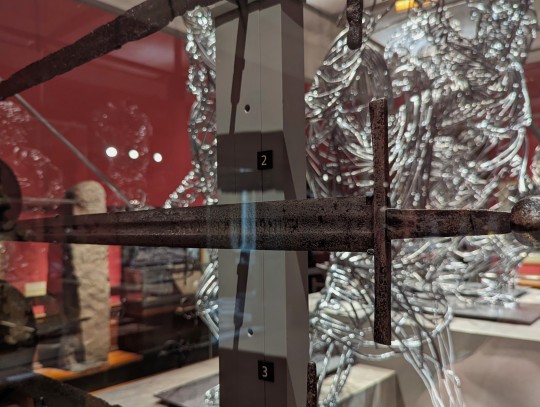


Arming Sword from Germany dated to around 1150 on display at the Kelvingrove Art Gallery and Museum in Glasgow, Scotland
This sword bears the inscriptions: '+ INMNII INP INN +' on one side, on the other, '+INI NNI NNB NN+'.
Photographs taken by myself 2023
#sword#art#archaeology#medieval#12th century#german#germany#military history#kelvingrove art gallery and museum#glasgow#barbucomedie
123 notes
·
View notes
Text

mary & elizabeth
from a cycle of miniatures, possibly originally preceding a psalter, muri (?), first half of the 12th c.
source: Sarnen, Benediktinerkollegium, Cod. membr. 83, fol. 2r
#you know. idk if anybody has ever done a queer reading of the medieval mary/elizabeth iconography#but it should be done#if you're looking for christian iconography that lends itself to being reclaimed as sapphic this is absolutely the place to start imho#by which i just mean that if you're looking for medieval portrayals of female friendship/intimacy then this is where you will make a find#not that it needs to be sexualized or that it was intended that way#i hope y'all understand where i'm coming from#12th century#mary#st elizabeth#saints#mary and elizabeth#medieval art
588 notes
·
View notes
Photo

Schloss Schönbühel, Schönbühel-Aggsbach, Austria,
Photo by @atmos.views
#art#design#Architecture#castle#schloss#schloss schonbuhel#austria#melk#danube#luxuryhouses#luxuryhomes#luxurylifestyle#history#style#12th century
734 notes
·
View notes
Text

~ Necklace with seven clam-shell-shaped pendants.
Place of origin: Perú
Culture: Tiahuanaco or Huari
Period: Middle Horizon
Date: A.D. 700–1000
Medium: Silver
#8th century#12th century#necklace#silver necklace#clam shell#pendants#Tiahuanaco#huari#peru#peruvian#south america#history#museum#archeology#archaeology#middle horizon#a.d. 700#a.d. 1000
922 notes
·
View notes
Text
Guda: a medieval self-portrait
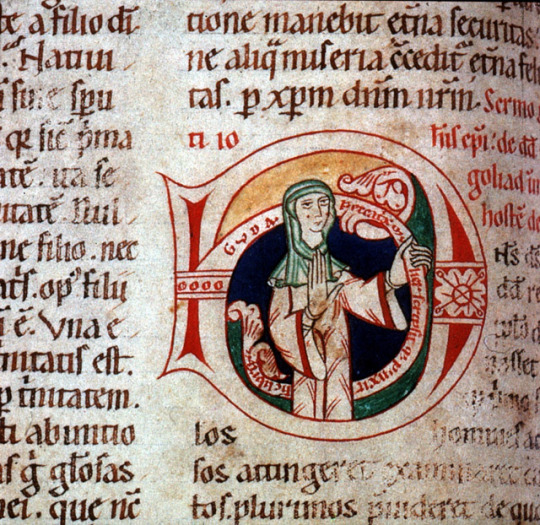
Self-portrait of Guda, homilary, Frankfurt, second half of 12th century.
"The first category of figures we have considered shows the artist present in the work or in the process of creating it. To that category, we add a second type of portrait or self-portrait, in which the artist beseeches a favorable judgment for him-/herself after the work is completed.
Such is the case with the famous signed self-portrait of Guda, who represents herself within a collection of homilies in an initial D[ominus] for the octave of the Pentecost. The inscription reads: “guda peccatrix mulier scripsit q[ue] pinxit h[un]c librum (Guda, a sinful woman, wrote and painted this book).” Of the seven initials in the manuscript, this D is one of only two that contain figures. The other historiated initial comes at folio 196, the opening of the Assumptio Mariae, and contains a portrait of the virgin identified as Maria Virgo. The other five initials display dragons, interlaces, ribbons, or spirals.
Guda represented herself firmly grasping the initial with her left hand and raising her right in a gesture of salutation and expectation. I would argue that Guda carefully and consciously chose to be here. The initial opens the ninth homily of St. John chrysostom, the Sermo beati iohannes episcopi de david ubi goliad immanem hostem devicit (Sermon of the blessed Bishop John, on when David overcame the monstrous enemy Goliath), which explains the election of David. The homily also offers an occasion to meditate on the gifts of the Holy Spirit and its role in comforting the soul. In short, Guda has chosen the perfect spot in which to await the Second Coming of Christ, and this is why she represents herself as a sinner, whose activity as an artist should count in her favor at the end of time.
Guda’s self-representation in this way is analogous to the scene the scribe Swicher has staged (for the reader?) in the frontispiece of his copy of isidore of Seville’s Etymologies. Swicher’s author portrait is most original. In the upper register, Isidore of Seville is depicted in conversation with Bishop Braulio of Zaragoza, the patron of the Etymologies. In the lower register, Christ in propria persona presides at the scribe’s last judgment. Two angels busy themselves at a balance in which is weighed the very manuscript Swicher copied. The work of the scribe counts as a work of virtue: a third angel takes Swicher’s soul away through a thick cloud, whereas the devil turns around empty-handed. The Titulus attests to this: "O god, deign to have mercy on this wretched scribe. Do not consider the weight of my faults. Small though the good things may be, let them be exalted over the bad. Let night give way to light; let death itself give ground to life.”
Guda and Swicher make use of the same patterns of visibility and those patterns are not gender-specific. In both cases, the artists stage their humility and represent their belief that they might reach the heavenly kingdom through the artistic work they have done."
Mariaux Pierre Alain, "Women in the making: early medieval Signatures and artists’ portraits (9th–12th c.)", in: Reassessing the Roles of Women as 'makers' of Medieval Art and Architecture
#history#women in history#women's history#12th century#germany#german history#middle ages#medieval history#medieval women#women's history month#women painters#female artists#educational#herstory#illuminations#marginalias#manuscripts#medievalism#guda
86 notes
·
View notes
Text
Ms. Codex 723 is a 12th century French copy of the canon law collection Panormia, by Saint Ivo, Bishop of Chartres. The text is drawn from papal letters, councils, and teachings of the Church fathers. It's in a very nice wooden binding, and the pages are fairly plain, decorated only with blue and red letters and one charming inhabited initial.
🔗:
#medieval#manuscript#medieval manuscript#12th century#france#illustration#inhabited initial#parchment#canon law#history of law#book history#rare books#video
47 notes
·
View notes
Text
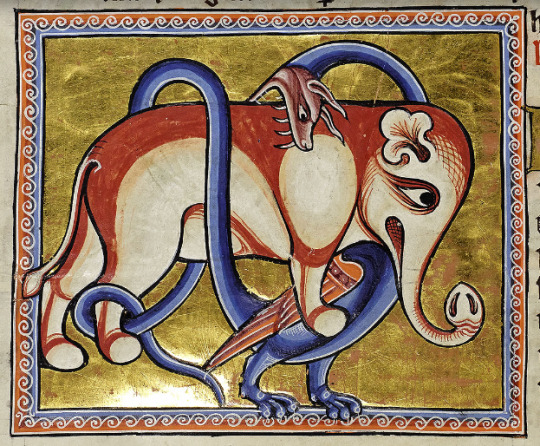
"The dragon has a crest, a small mouth, and narrow blow-holes through which it breathes and puts forth its tongue. Its strength lies not in its teeth but in its tail, and it kills with a blow rather than a bite... From the dragon not even the elephant, with its huge body, is safe. For lurking on paths along which elephants are accustomed to pass, the dragon ties its tail in a knot around their legs and kills them by suffocation. Dragons are born in Ethiopia and India, where it is hot all year round. The Devil is like the dragon; he is the most monstrous serpent of all; he is often aroused from his cave... As he dragon lurks around paths along which elephants pass, so the Devil entangles with the knots of sin the way of those bound for heaven and, like the dragon, kills them by suffocation."
From the Aberdeen Bestiary
(Translation adapted from the University of Aberdeen's site dedicated to the digitized manuscript.)
Materials: parchment, ink, paint, and gold leaf
Date: c. 1200
Origin: England (Yorkshire? Lincolnshire? Canterbury?)
Now Aberdeen University Library, MS 24, f. 65v
#elephant#dragon#medieval elephants#medieval dragon#bestiary#illuminated manuscript#12th century#13th century
186 notes
·
View notes